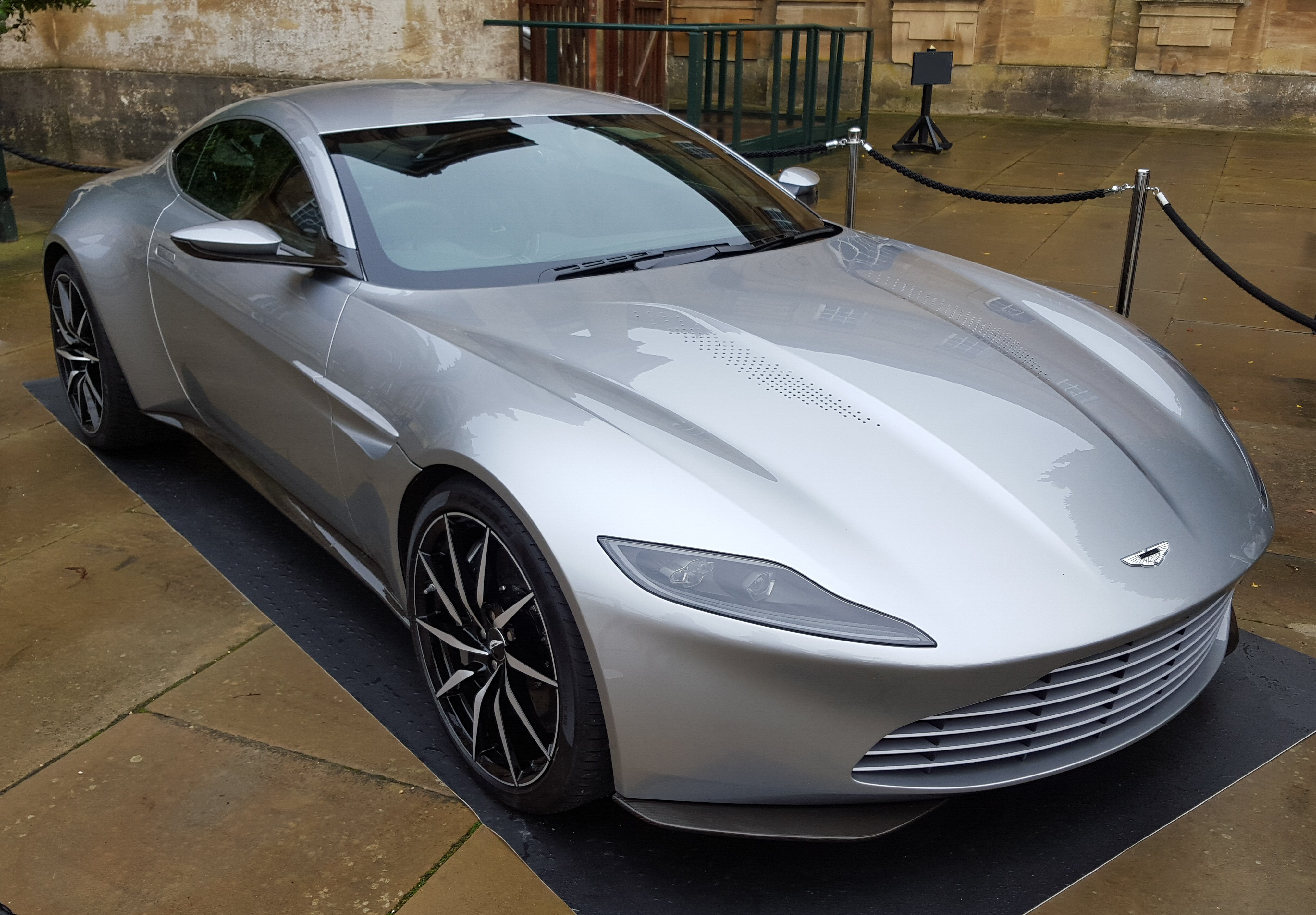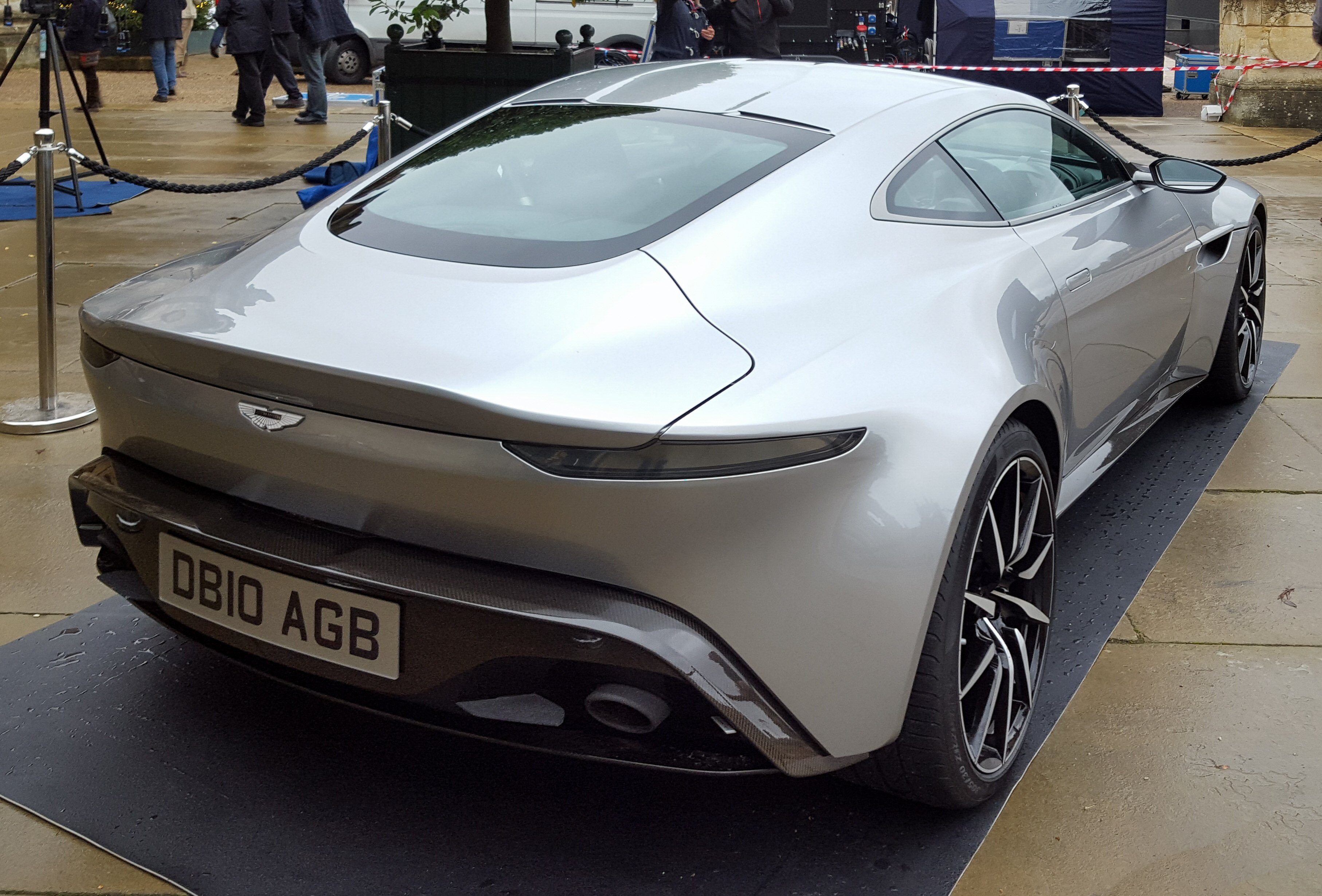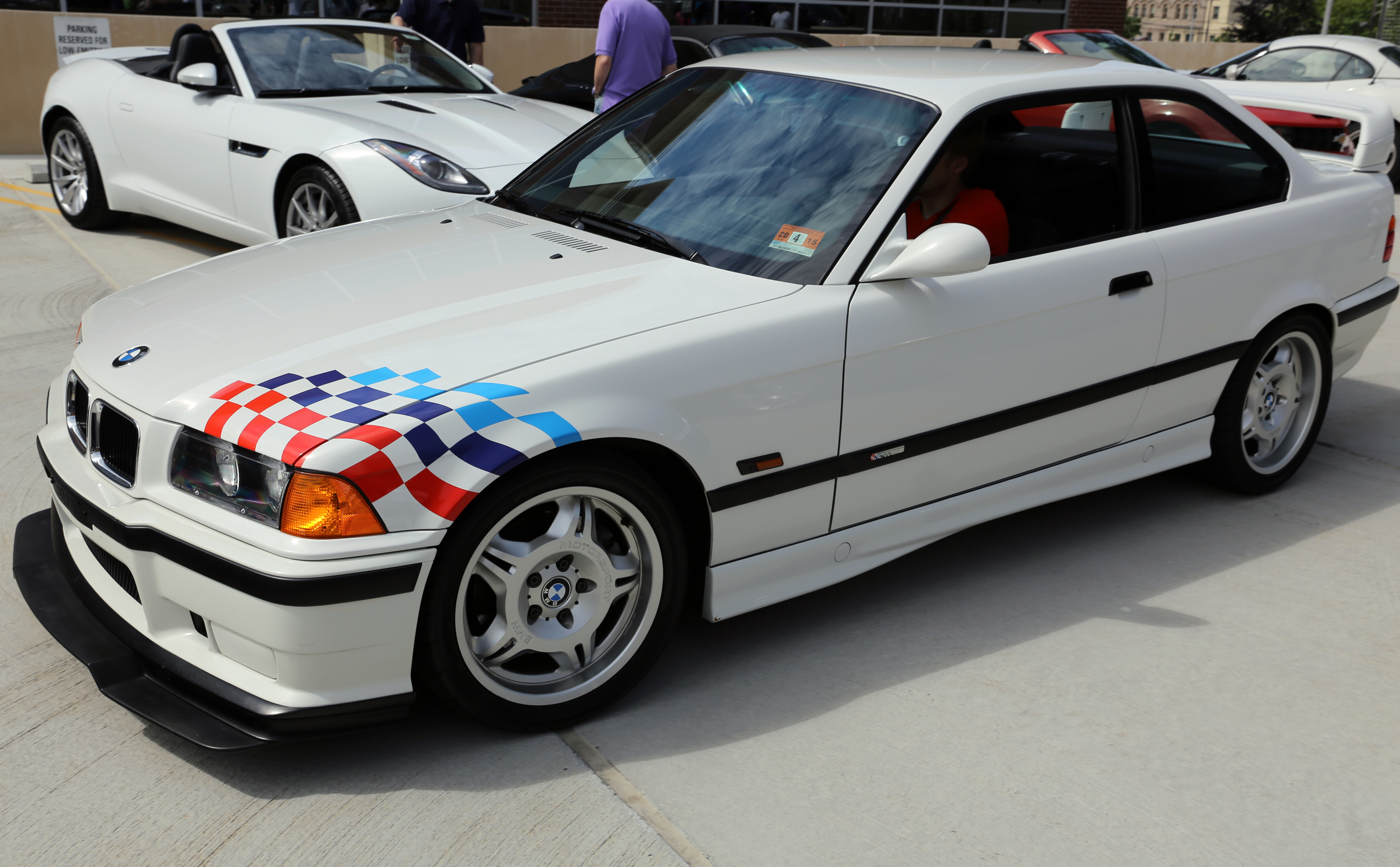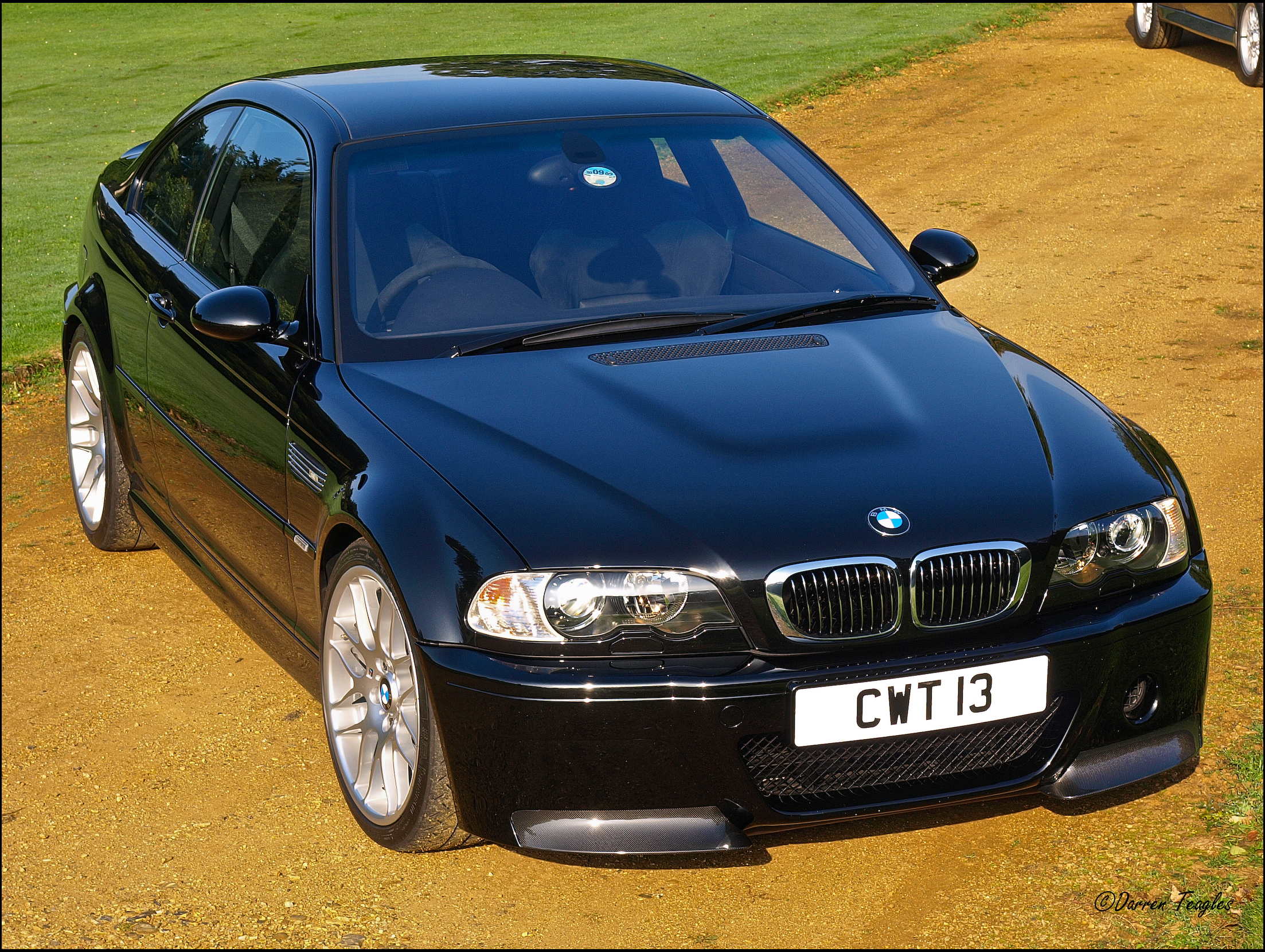BMW M3 is probably one of the most spectacular cars ever to hit the road. From the E30 to the E90. They all are absolute monsters. In this post we will look at the model's and the spec of the model. Hope you like it and enjoy BMW's greatest productions.
Based on the 1986 model year E30 3-Series, the E30 M3 used the BMW S14 engine.
In contrast to later M3 iterations, the E30 M3 was campaigned by BMW as well as other racing teams including Prodrive and AC Schnitzer in many forms of motor sport including rallying and racing. The latter included campaigns in the World Touring Car Championship, Deutsche Tourenwagen Meisterschaft, British Touring Car Championship, Italian Touring Car Championship,French Touring Car Championship and the Australian Touring Car Championship. The production of the E30 road car was tohomologate the M3 for Group A Touring Car racing. It was to compete with various models including the "2.3-16V" variant of the Mercedes-Benz W201 190E that was introduced in 1983.
In full race trim, the naturally aspirated 2.3 L S14 engine produced approximately 300 hp (224 kW; 304 PS). With the introduction of the 2.5 L evolution engine into racing in 1990, power increased to approximately 380 hp (283 kW; 385 PS).
The E36 M3 debuted in February 1992 and was in the dealer's showrooms in November that year; it was the first M3 powered by a straight-six engine. The engine used is a 2,990 cc (182 cu in) S50, which produces 179 kW (240 hp).
Initially available as a coupé only, BMW introduced M3 convertible and saloon versions in 1994, the absence of any M5 models in the BMW line-up between the end of E34 M5 production in 1995 and the launch of the E39 M5 in 1998 prompted the introduction of the 4-door Motorsport model.
Also in 1994, BMW produced the limited-edition M3 GT as a racing homologation special; all GTs were British Racing Green and featured an upgraded 295 PS (217 kW; 291 hp) 3.0-litre engine. 356 GTs were built.[9]
In September and November 1995, the M3 coupe and saloon, respectively, were upgraded to the 239.4 kilowatts (321.0 hp) 3.2 litre S50B32 engine. At the same time, the cars received clear indicator lenses, new wheels and a 6-speed gearbox. Theconvertible did not receive these changes until February 1996.
The E46 M3, first introduced in October 2000, appeared worldwide with the new 3.2 L S54 M-tuned engine. It was only available in coupe and convertible bodies as the saloon version had been dropped.
The E46 M3 was offered with a standard 6-speed Getrag transmission, but optionally came with a SMG drivelogic transmission (also known as the SMG II). This is the standard 6-speed Getrag transmission with an electrohydraulically actuated clutch (no clutch pedal). Shifts are made via the SMG gear knob or the steering wheel mounted paddle shifters. The engine had a redline of 8,000 rpm. As with most M engines, the S54 again had 6 independent throttle bodies and this time electronically operated throttles (drive-by-wire throttle with no cable).
In the U.S., the E46 M3 came with similar engine output as the European version, unlike in the E36, whose engine was derived from the M50/52 series engine. Power was now at 333 bhp, due to close-coupled catalytic converters closer to the engine exhaust ports. In 2009, Road and Track magazine announced the 2006 M3 with the SMG transmission as its favorite sports car of all time. An E46 GTR came to life in February 2001, powered by the P60B40 a 3,997 cc V8 producing 493 hp. Unlike the straight-six powered M3 versions, which were outpaced by the Porsche 996 GT3, the racing version of the E46 M3 GTR 16 was very successful in the American Le Mans Series (ALMS), entered by Schnitzer Motorsport.
The fourth generation BMW M3 was announced on the 2007 Geneva Motor Show (Switzerland, 6–18 March 2007) with the BMW M3 concept.
As was the case with the E46 M3 Concept and E60 M5 Concept, the M3 Concept had almost nothing of the looks of the production version, that had its world premiere on the 2007 Frankfurt Motor Show IAA (Germany, 12 to 23 September).
It was originally set to be called M4 along with 3 Series coupes and convertibles that were to become the 4 Series, but due to the interest in retaining the M3 line, as well as the plan for a separate 4 series line, this change was scrapped. Similar to the previous M3 generations that introduced a new engine, the fourth generation M3 did the same: the BMW S65 V8 engine. The engine produces 414 bhp (309 kW; 420 PS) at 8300 rpm. A six-speed manual transmission is standard. As of April 2008, BMW offers a new seven speed Getrag double-clutch gearbox, called M-DKG (Doppel-Kupplungs-Getriebe) orM-DCT (Double Clutch Transmission) as an option, which reduces shift pauses to less than a tenth of a second and shortens the car's 0-100 km/h (62 mph) sprint time by 0.2 seconds vs. manual. It features both automatic and manual modes similar to the SMG gearboxes in the E36 and E46, but with more speed and efficiency.
BMW announced the M3 GTS in November 2009. The car is powered by a 4.4-litre V8 based on the 4.0-litre engine found in the standard M3, which produces a maximum of 450 PS. The car weighs 300 pounds less than the standard M3 due to various weight savings. A total of only 135 were sent out to customers. This version of the M3 could accelerate from 0-62 mph in just 4.3 seconds and 0-100 mph in 8.5 seconds. In Germany deliveries began in May 2010 while other countries were scheduled for the summer of 2010. The BMW E92 M3 GTS was priced at around €115,000 per unit.All E92 M3 GTS models have been sold.















_Mondial_de_l'automobile_Paris.jpg)







_coupe_01.jpg)
.jpg)



